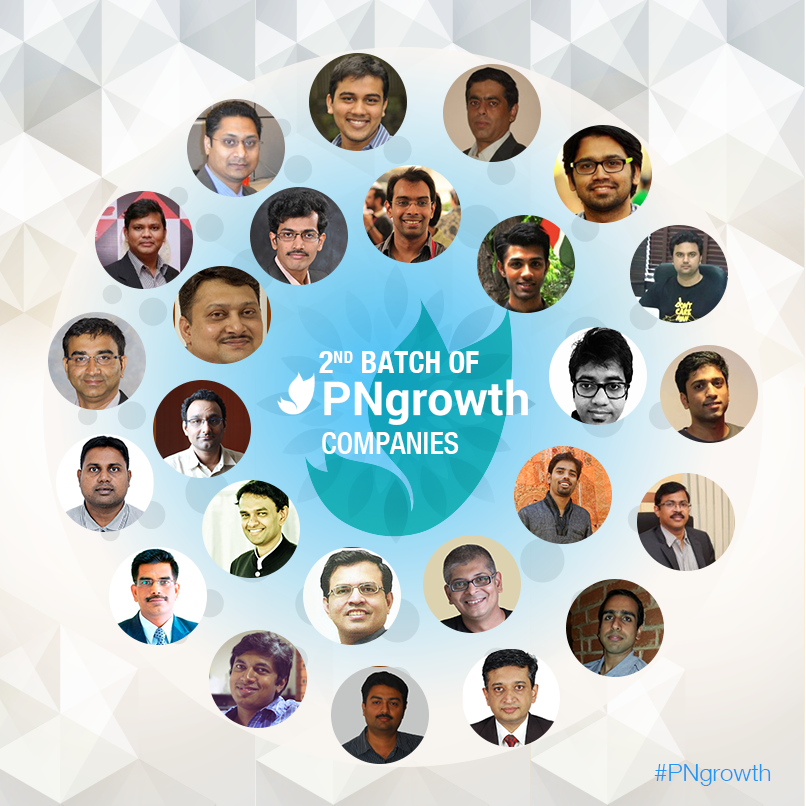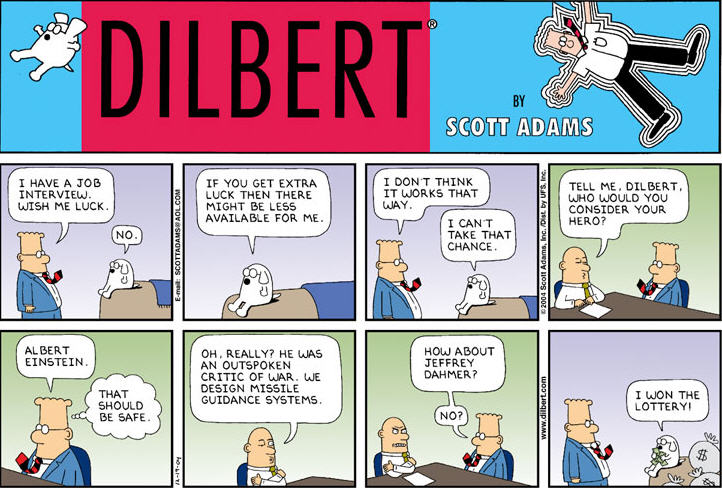Like many other technology entrepreneurs in India, I am the founder CEO of a software product company. We make a Global Human Resources SaaS product EmpXtrack and have over 300 customers in 20+ countries.
Many of us face challenges to scale up our US Sales and explore options such as relocating to the US, hiring a US based sales team, offering free trials, converting the product to a freemium model, an inside sales approach etc.
We recently faced this dilemma too. To find answers, I requested introductions to a number of successful software product entrepreneurs who were selling in the US market. Wanted to understand what they were doing differently such that we could replicate that. My discussions with them are documented here and hopefully it will help you in your product journey too.
Does direct sales work?
This largely depends on the ticket size.
Since our deals are roughly in the $8-$12K range per year, here is the maths behind this:
- Cost of a local sales person: $150K (including commissions)
- Cost of travel: $50 – $100K
- So for a single person team, you spend approximately $200-250K per year.
- No of deals required for break-even (@$10K / deal): 20 – 25 or 2 per month.
- No of deals required if your sales cost is 25% of the total revenue: 100 or 8.5 per month.
Conclusions
- It is virtually impossible for a single sales person to close about 8 deals per month
- The direct sales model can only succeed if you have much higher ticket size ($100K or so)
If not direct sales, what else?
For smaller deals, inside sales (selling by phone) is the only approach. The following is required to make this succeed
- A strong lead generation capability
- A strong qualification capability
- A strong closing capability where the sales team can close deals on the phone.
- A knowledgeable support team that can assist the customer during implementation.
If you have all of these, there is no looking back! If not, refer to the next question.
What are CEO/founders responsibilities?
Everyone who I spoke to said that the key responsibility of the founder was to build teams that could address each of the points above. “At a startup stage, you are perhaps the only one who has indepth knowledge of your product, how you want to target and acquire customers, how much you can discount, what extra features can be added, how much to deviate for an implementation and so on”. Hence, you need to be intimately involved in every facet of the sale.
Some interesting thoughts I heard were
- You need to be involved in every conversation, communication and implementation till you reach a certain scale (aka a few million dollars of revenue). You will discover how many things were going wrong once you do that.
- You need to talk to customers. “I still talk to important customers and was the first person in my company doing that”, was shared by 2 entrepreneurs.
- You need to write marketing collateral, give demonstrations, build proposals, negotiate, close, provide support and do all customer facing activities to understand the challenges being faced by your teams.
- You constantly need to mentor your team members and provide them feedback. They need it. While you may have rockstars, it is very unlikely that there may be a huge number of them.
So for all of you entrepreneurs, focus on customer facing roles and continuously mentor (and monitor) your teams! This is your only job.
How to do lead generation?
- The best and cheapest leads are inbound. Create great content and use SEO aggressively to attract potential customers. This takes time and should be a part of your product development cycle and never to late to start if you are not doing it already.
- Use PPC, paid directories etc. to generate more leads.
- At a certain point, the cost of acquiring the next lead (through SEO and PPC) may yield negative returns. Around this point invest in a cold calling team.
What kind of people are required?
- Key trait: Aggressive selling capability with very strong communication skills. Should be focused on closing. Hunters!
- Pre-sales team: That can qualify, provide customized demos, research contacts, create great proposals and solutions. These can be added when you are sales teams are reaching their limits.
- Qualifications: MBAs not required for sales and may not work out. IIMs/IITs not affordable! Graduates with a hunger to succeed are a must. Available in plenty from BPOs and other IT Services firms.
- Experience: To start, 2 mid-level hires with background in US sales (with 5 – 8 years of experience) and build teams of freshers below them as the next layer. Mentor everyone continuously.
- Approach: Each team should compete with the other
What kind of changes are needed in the organization?
While you may be a company in India you have to operate in the US time zone – both physically and mentally. This includes not only the sales team but also the executive management (Founders included), the pre-sales team and the support teams.
The R&D and implementation teams may still work in the day-hours but they will have to follow a rotational shift model of working at least 1 week per month in the US time zone.
Do I need to raise money?
Completely your choice! While two entrepreneurs that I talked to raised VC funding at an early stage, three did not. Once your product is developed, it takes very little to sustain new release cycles. Implementation teams should pay for themselves.
Since your sales team is based in India and you are generating leads efficiently, you can control spends and be very efficient to maintain a positive cash flow. So you can bootstrap to success.
We have sustained ourselves for 7+ years, have positive cash flows, are growing on a YOY basis, are profitable, own our own premises and have over 75 FTEs and have done it by bootstrapping.
Can we succeed by selling in India first and then going to US
Unanimous view: Unlikely for a B-B product!
India is a very cost conscious market where decision making is long and value for technology is low. Assuming you are replacing a head with your product, at best the value for the same in India will be between Rs 3-7 lacs. Compare this to about $60K cost anywhere else in the world and there is a much higher value for your product.
I know this is controversial, debatable yet unfortunately true!
Do I need a great product
Yes you do! Especially if you want to sell in the US market. The market is big but very competitive. ‘Great’ can have many different interpretations such as value proposition (read price), capability to customize, integration with other platforms and so on.
Whatever your edge may be, you need to repeatedly send across the message in all your communication, aggressively work on sales and you will find customers.
Does this model apply in other regions and geographies
Mixed thoughts. Some people are doing a good job in APAC and are getting their feet wet in ME but I could not identify a pattern. Some things unique to the US
- US is very-very big. Small ticket buyers understand that their vendors cannot travel for small deals. Hence the purchasing is geared towards non F-F channels.
- US firms are more experimentative and willing to bet on startups.
- The country has consistent rules with a common language.
- Value for automation is high.
- US has a positive feel about Indian technology and India in general.
So let us all work hard to make India as a Product Nation. Please share your thoughts.
I am grateful to Aneesh Reddy, Suresh Sambandam, Ketan Kapoor amongst many others for their helpful insights and sharing their experiences and to Avinash Raghava for his introduction to all the great entrepreneurs.
 If you still don’t know what this is about, jeez! Anyway, you go here, and if you want to apply, here, better late than never.
If you still don’t know what this is about, jeez! Anyway, you go here, and if you want to apply, here, better late than never.




